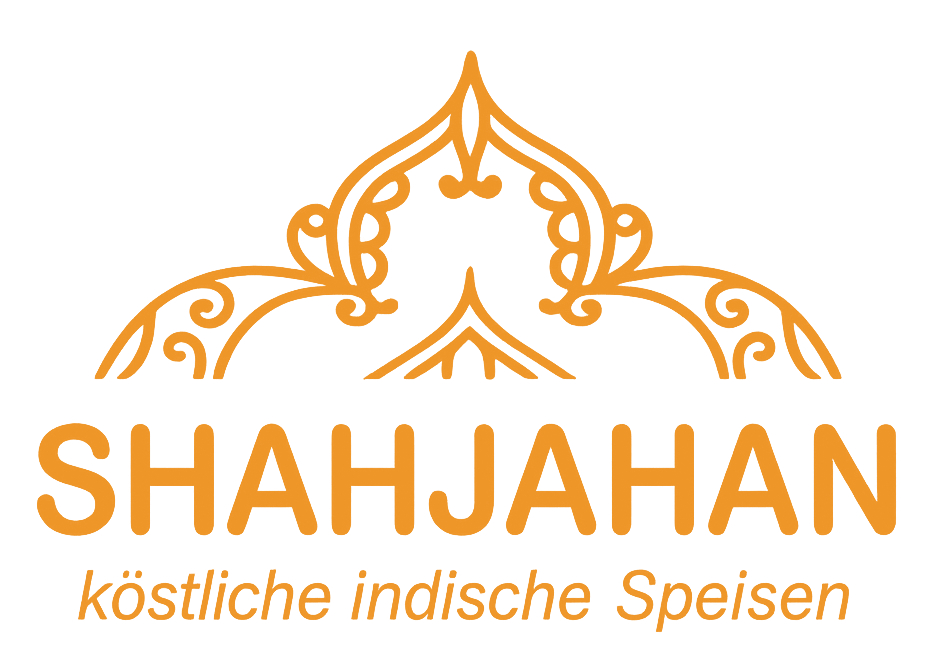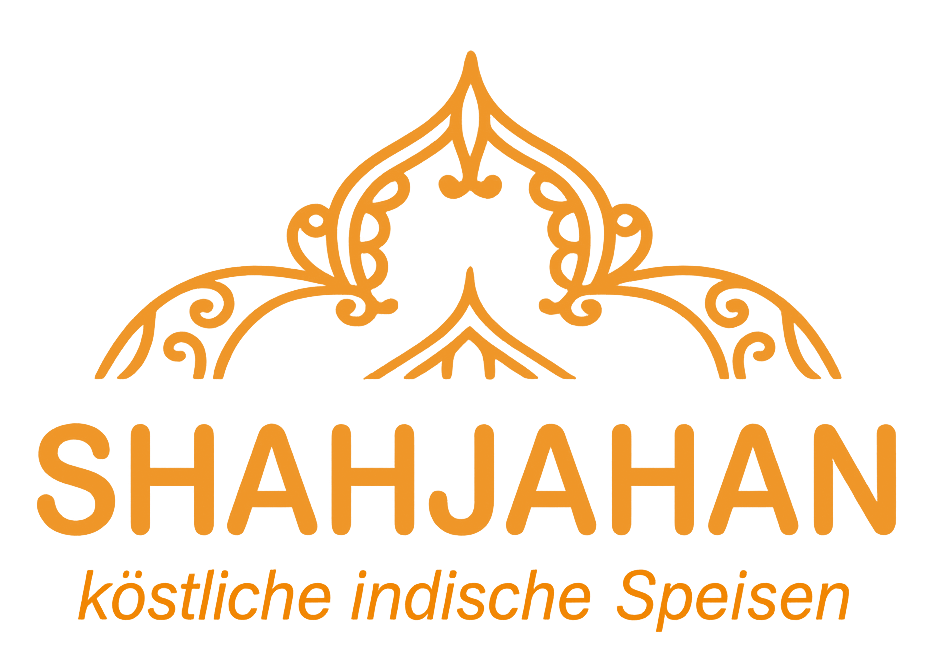Indian cuisine is rich in variety, flavor, and history. Among its most famous exports are two creamy, tomato-based chicken dishes that have become global sensations—Butter Chicken and Chicken Tikka Masala. They’re often mistaken for each other, yet they have unique stories, ingredients, and culinary identities. So what truly separates these two beloved meals? Let’s dive into the delicious debate.
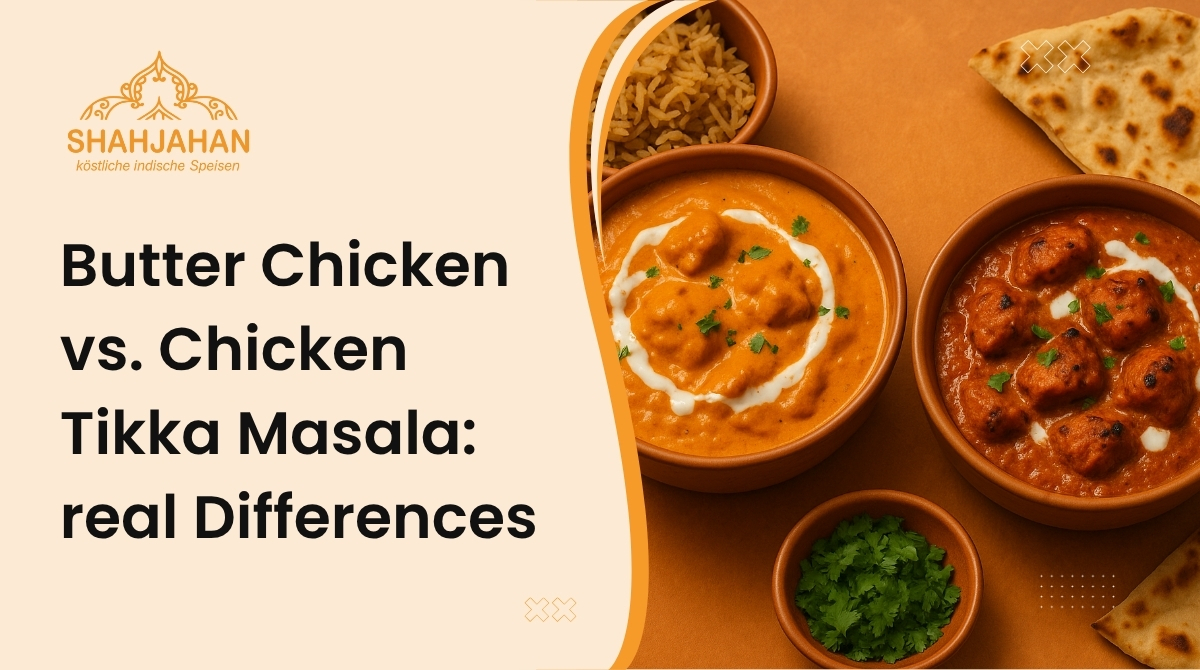
The Origins: Delhi Meets the UK
Butter Chicken, also known as Murgh Makhani, hails from post-partition Delhi. Created by the chefs at Moti Mahal in the 1950s, it was born out of a need to repurpose leftover tandoori chicken. By simmering it in a buttery tomato gravy, they invented a dish that became synonymous with North Indian hospitality.
Chicken Tikka Masala, on the other hand, is widely believed to have originated in the United Kingdom. While its exact origin remains debated, many credit British Bangladeshi chefs for creating it in the 1960s or 70s, adapting Indian flavors to suit Western tastes. It was designed for the British palate—creamy, tangy, and packed with tikka flavor.
Cooking Technique: Tandoor vs Pan Simmering
Both dishes use marinated chunks of chicken, typically soaked in yogurt with spices like garam masala, cumin, turmeric, and chili powder. However, how they’re cooked differs.
- In Butter Chicken, the chicken is usually roasted or cooked in a tandoor before being gently finished in a rich, buttery gravy.
- For Chicken Tikka Masala, the chicken tikka is grilled or baked, then added to a spiced tomato-based sauce that often leans on onions and cream or yogurt for its depth.
The cooking process for Butter Chicken focuses on retaining the juiciness and subtle smoky flavor of the tandoori meat, while Chicken Tikka Masala’s emphasis is on blending the grilled chicken with a bold, often slightly tangy curry sauce.
Flavor Profile: Sweet and Buttery vs Spicy and Zesty
Here lies the heart of the difference.
Butter Chicken is creamy, mildly sweet, and luxurious. The sauce is smooth with a dominant buttery finish, balanced by fenugreek leaves (kasuri methi) and a hint of tang from tomatoes. It’s comforting and mellow—a dish that invites you in with its warmth.
Chicken Tikka Masala, by contrast, is more intense and spicy. The sauce is usually chunkier, owing to the use of sautéed onions and a medley of spices. It has a tangy kick, with a sharper spice profile that varies depending on the region or chef.
In essence, Butter Chicken whispers; Chicken Tikka Masala speaks boldly.
Ingredients Breakdown
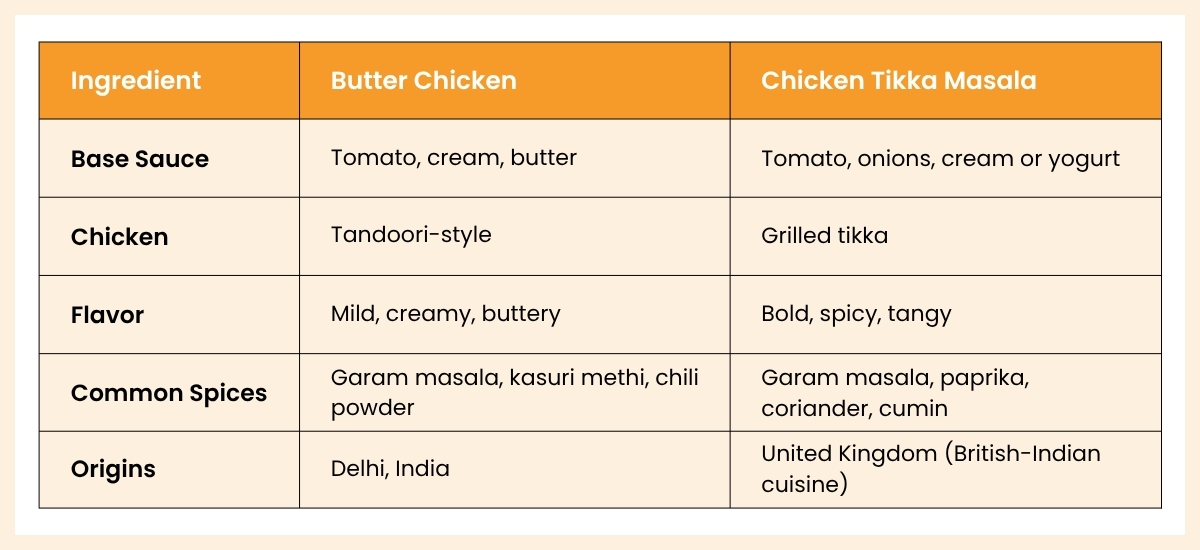
Cultural Significance
Butter Chicken is a hallmark of North Indian cuisine and is deeply tied to Punjabi food traditions. It is often associated with festive meals, weddings, and rich family gatherings.
Chicken Tikka Masala, on the other hand, has become a symbol of Indian fusion cuisine abroad. In the UK, it’s so beloved that a British Foreign Secretary once called it “a true British national dish.” Its cultural journey reflects how Indian food has evolved to adapt and integrate globally.
Which One Should You Choose?
Both dishes are exquisite, but your preference might depend on your mood or spice tolerance.
- Craving something mild, creamy, and indulgent? Butter Chicken is your go-to.
- Want a spicier, zestier experience with a smoky edge? Chicken Tikka Masala will satisfy your palate.
Either way, pair them with naan or fragrant basmati rice, and you’re in for a treat.
Find These Dishes at Shahjahan in Berlin
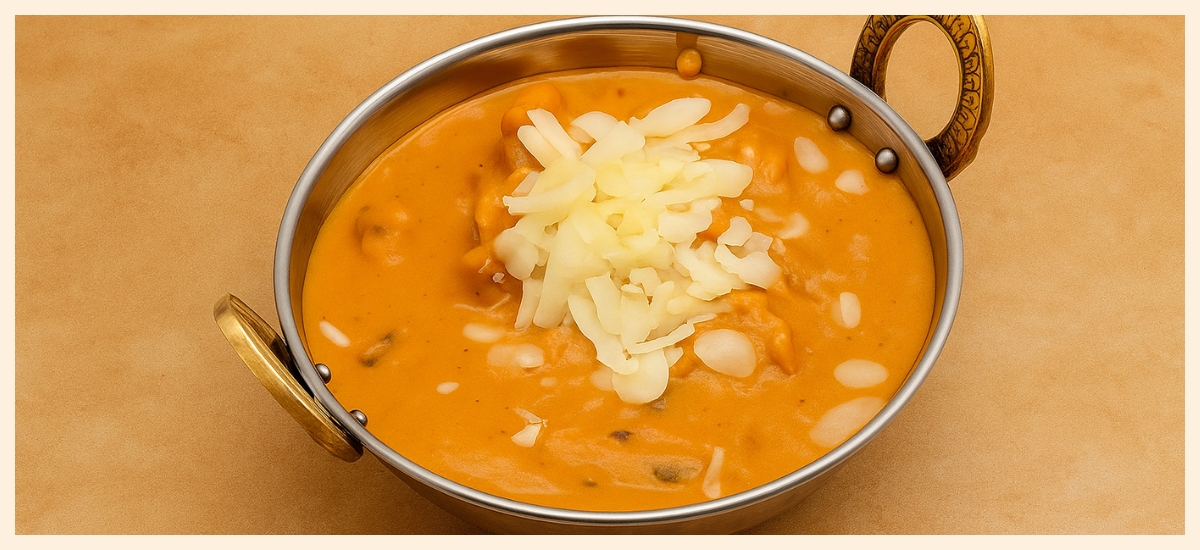
If you’re in Berlin and wondering where to try authentic Indian chicken dishes, visit Shahjahan, your destination for traditional and modern Indian cuisine. Our Butter Chicken is slow-cooked to perfection with real Indian spices and cream, while our Chicken Tikka Masala is bold, vibrant, and unforgettable.
Come taste the difference for yourself!
Final Thoughts
While Butter Chicken and Chicken Tikka Masala share common roots, they cater to different cravings. One is a creamy, nostalgic hug in a bowl. The other is a fiery, flavorful dance of spices. Both are testaments to the richness of Indian culinary traditions and the love people around the world have for them.
So next time you’re choosing between the two, remember—it’s not about which is better. It’s about what you’re in the mood for today.
Follow Shahjahan on Social Media
Craving more mouth-watering dishes?
📸 Follow us on Instagram
📘 Like us on Facebook for daily updates, foodie posts, and special offers.
